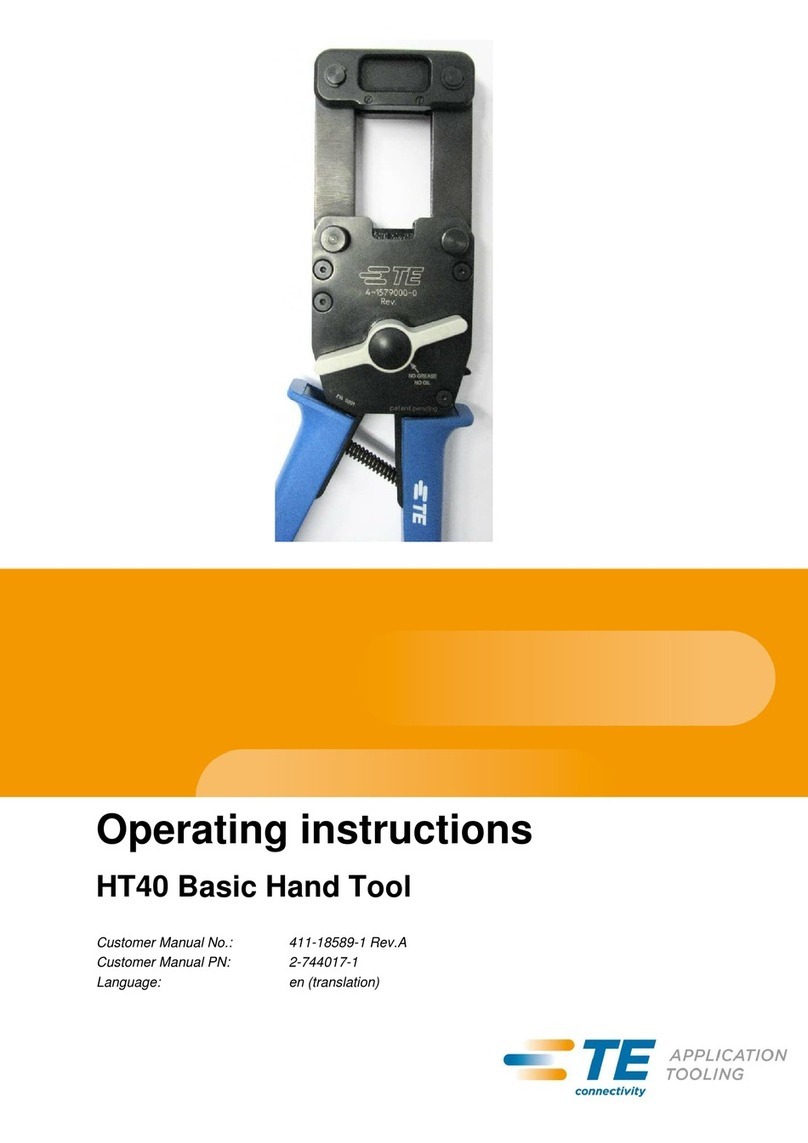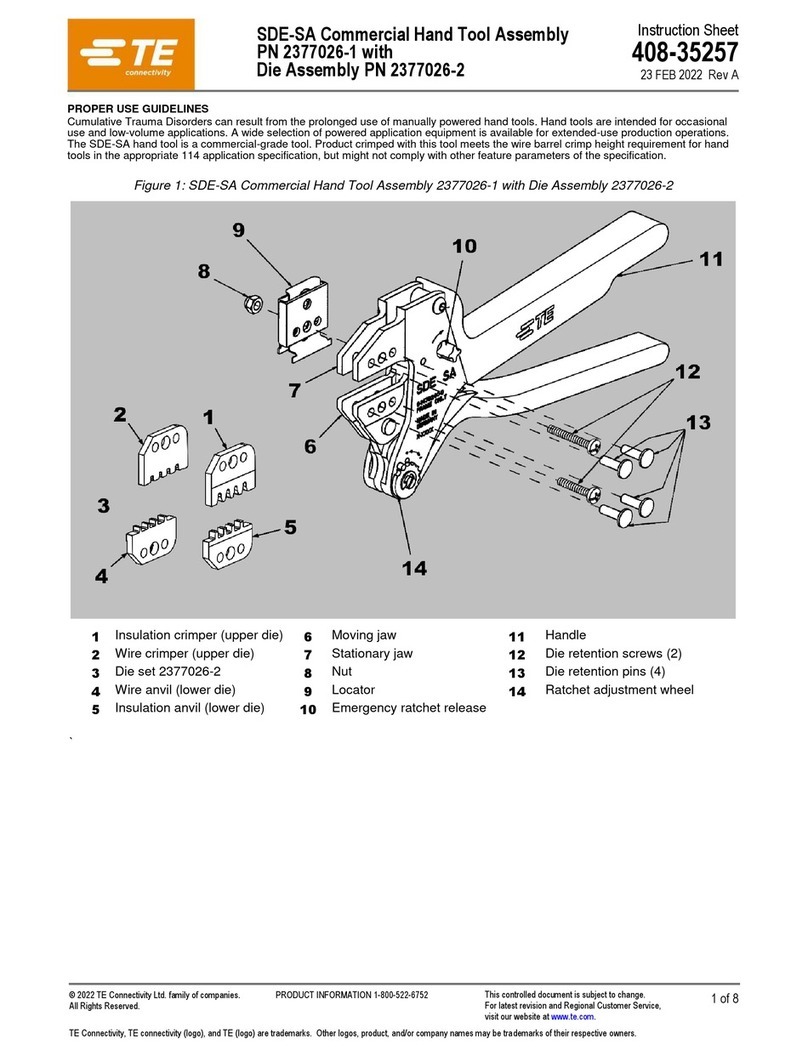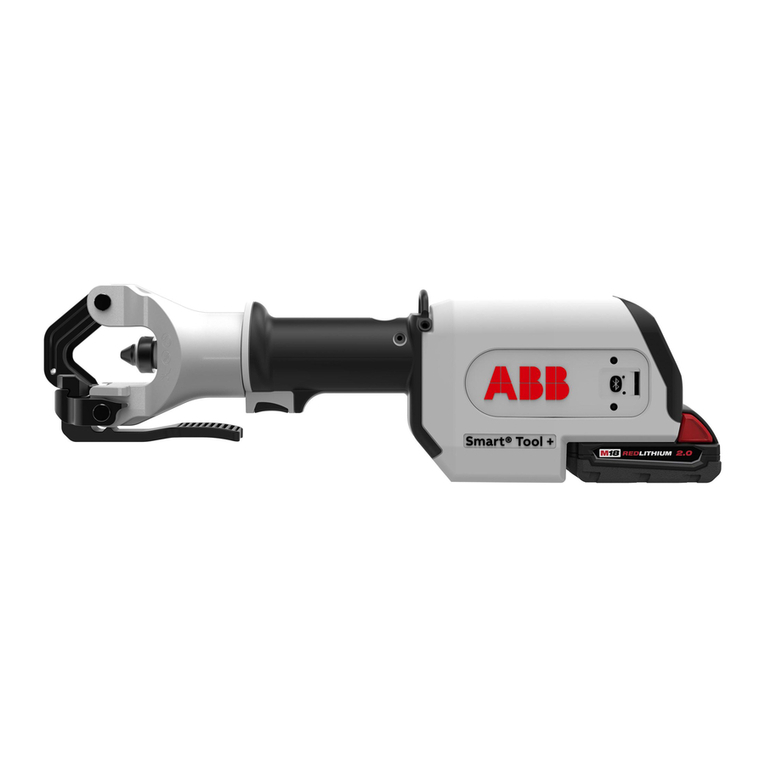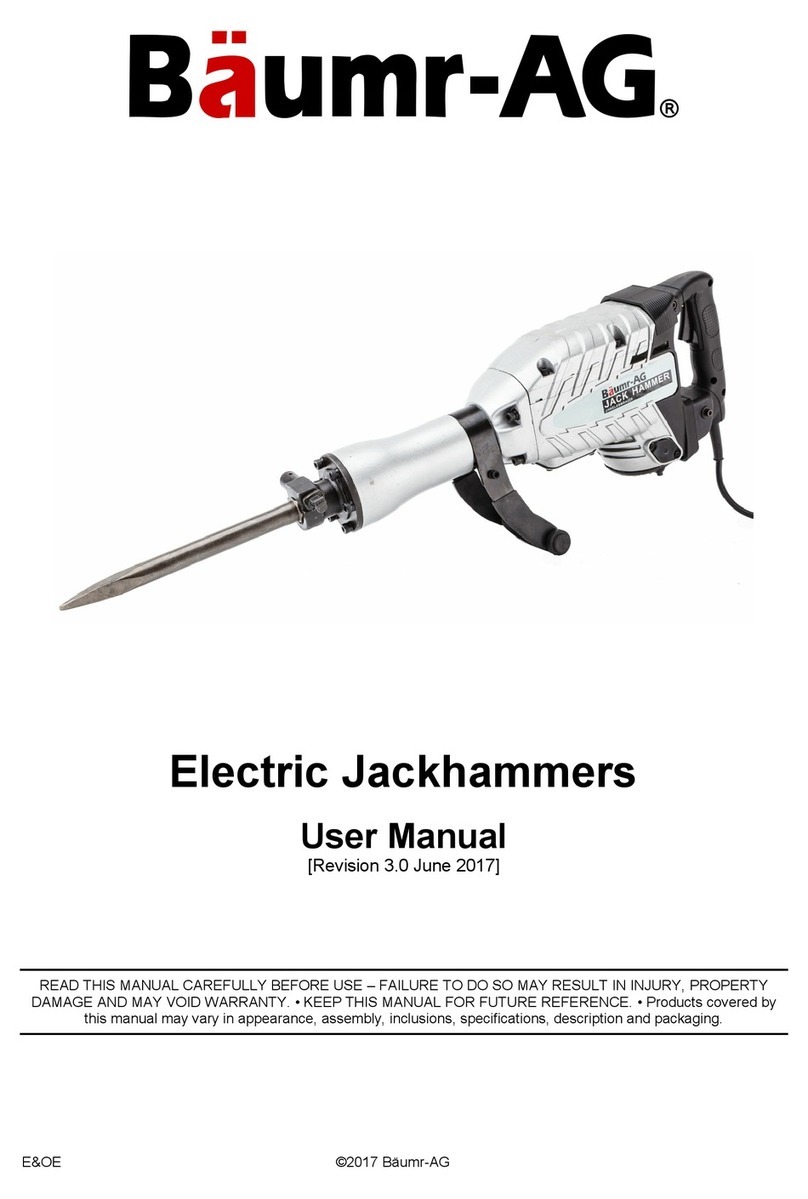TE Connectivity OCEAN 2.0 User manual
Other TE Connectivity Power Tools manuals

TE Connectivity
TE Connectivity 2395361-1 User manual

TE Connectivity
TE Connectivity SOLARLOK User manual

TE Connectivity
TE Connectivity SDE-SA User manual
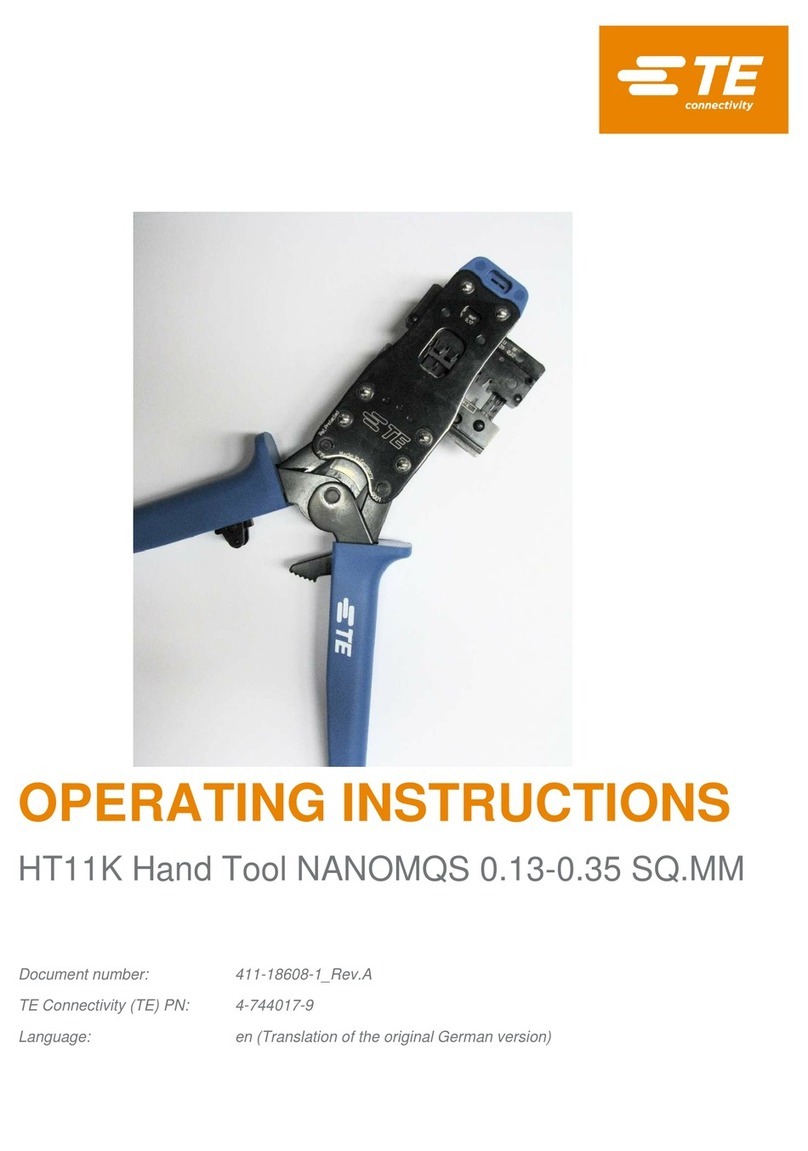
TE Connectivity
TE Connectivity HT11K User manual
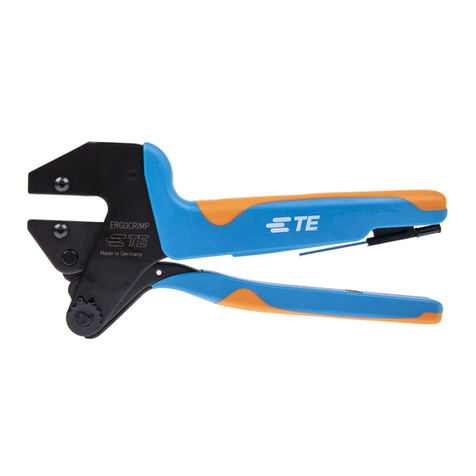
TE Connectivity
TE Connectivity ERGOCRIMP User manual
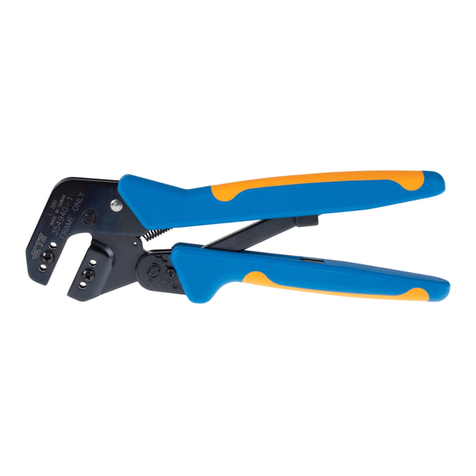
TE Connectivity
TE Connectivity 354940-1 User manual
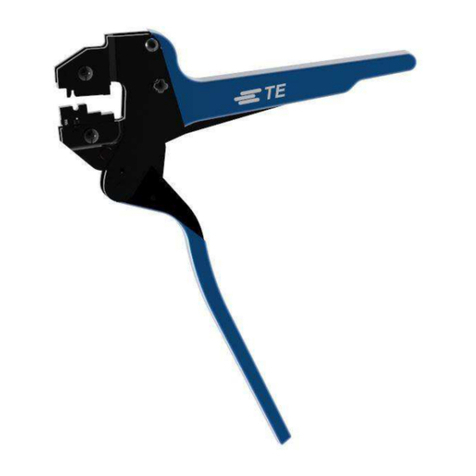
TE Connectivity
TE Connectivity MATE-AX 2335290-1 User manual
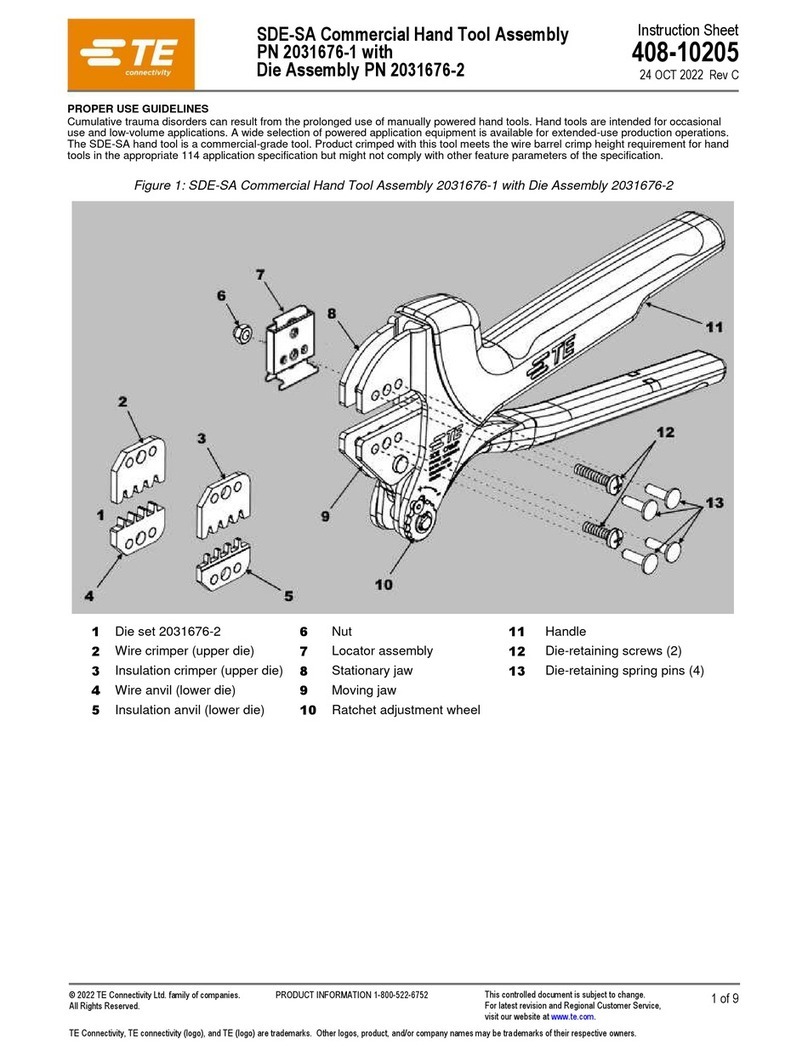
TE Connectivity
TE Connectivity 2031676-1 User manual

TE Connectivity
TE Connectivity 58536-1 User manual
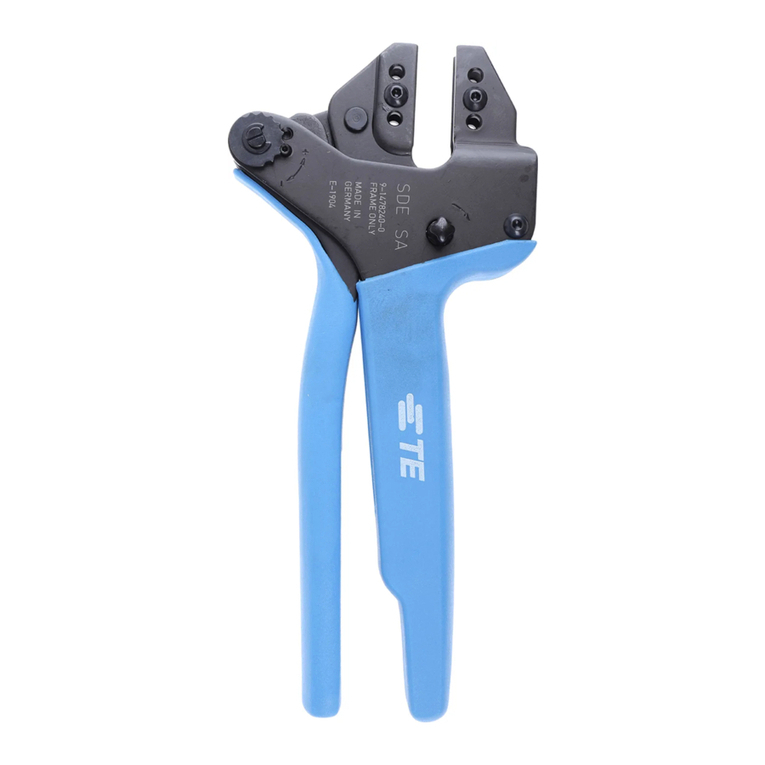
TE Connectivity
TE Connectivity SDE-SA User manual
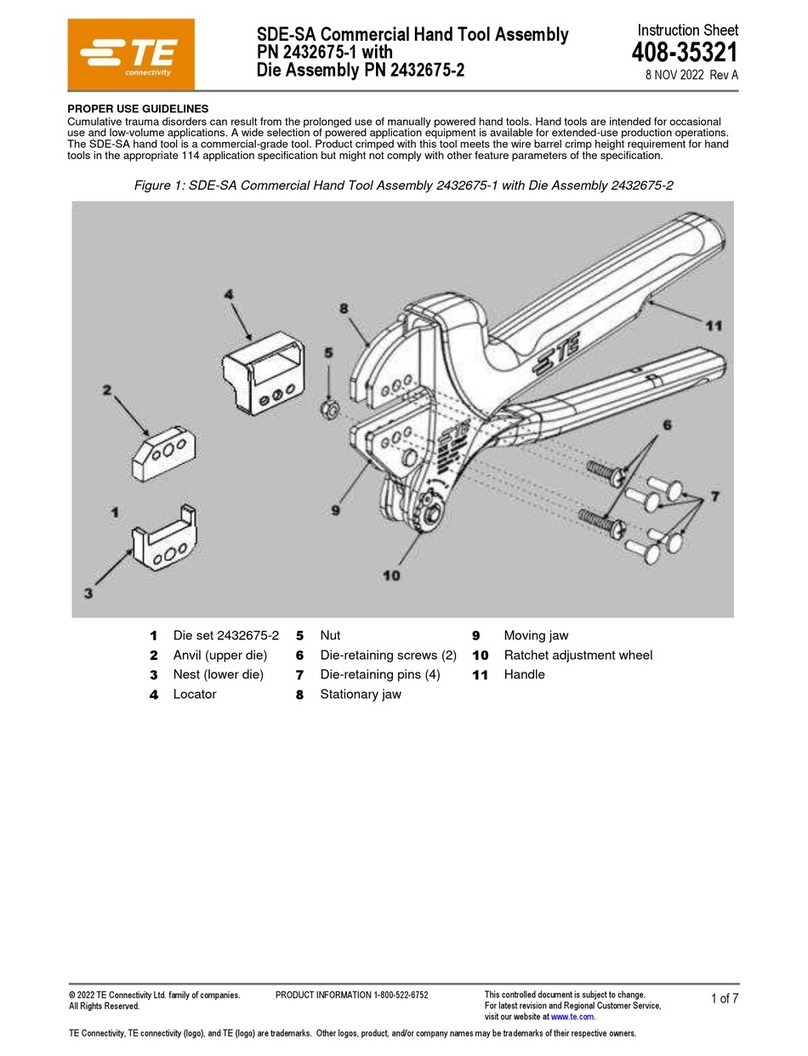
TE Connectivity
TE Connectivity SDE-SA User manual
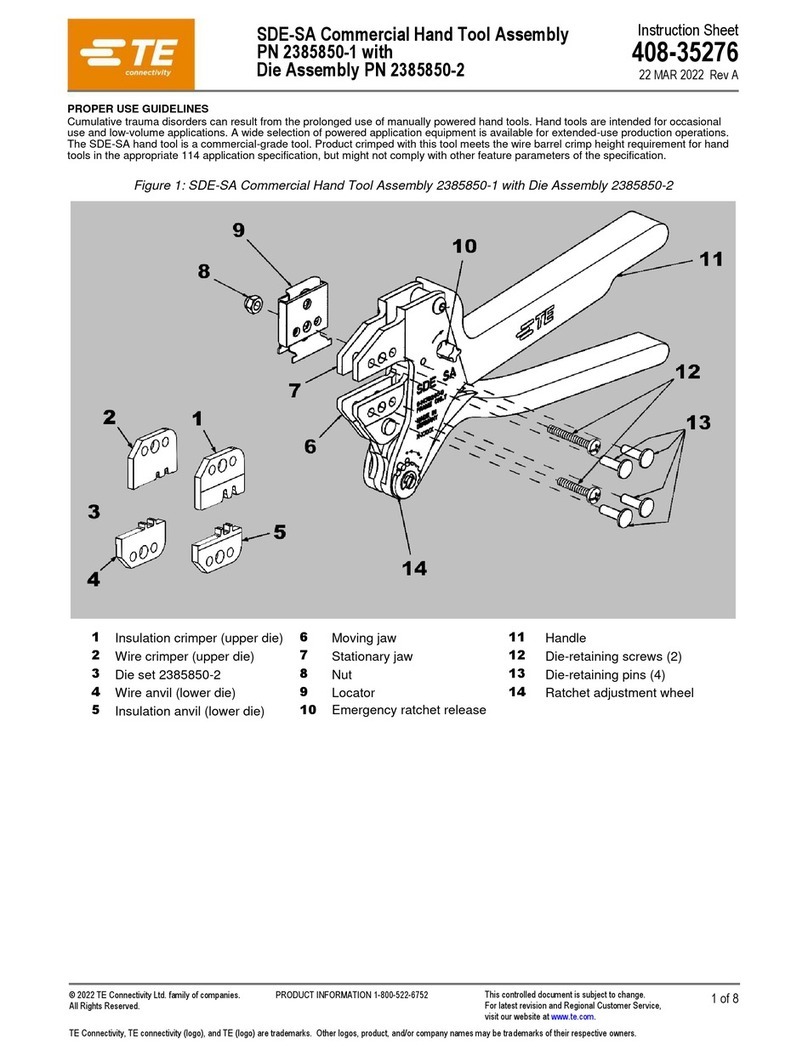
TE Connectivity
TE Connectivity 2385850-1 User manual

TE Connectivity
TE Connectivity 2405856-1 User manual
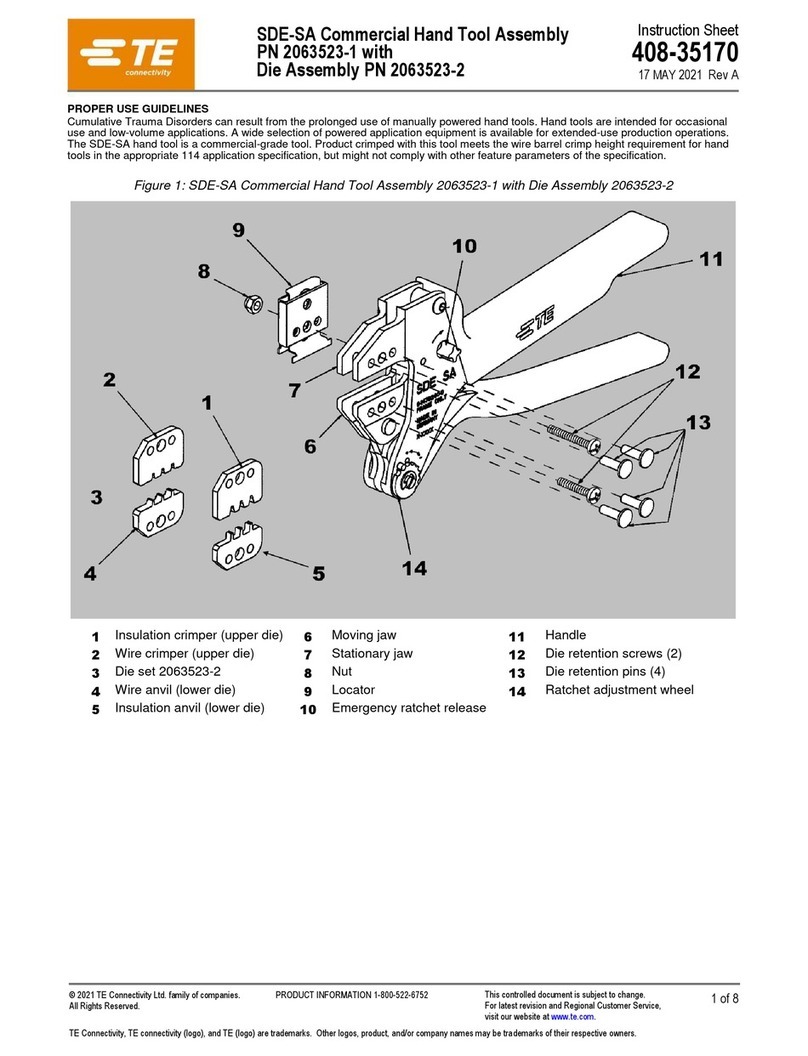
TE Connectivity
TE Connectivity 2063523-1 User manual

TE Connectivity
TE Connectivity 539 666-2 User manual
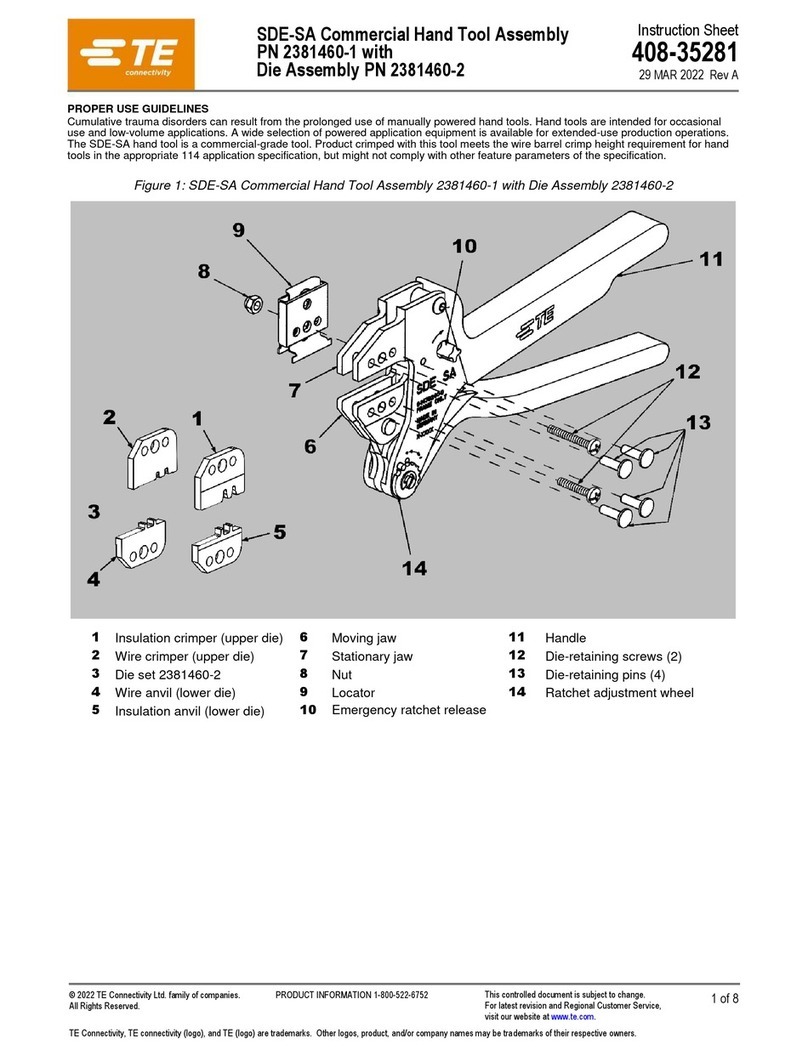
TE Connectivity
TE Connectivity 2381460-1 User manual

TE Connectivity
TE Connectivity 2390408-1 User manual
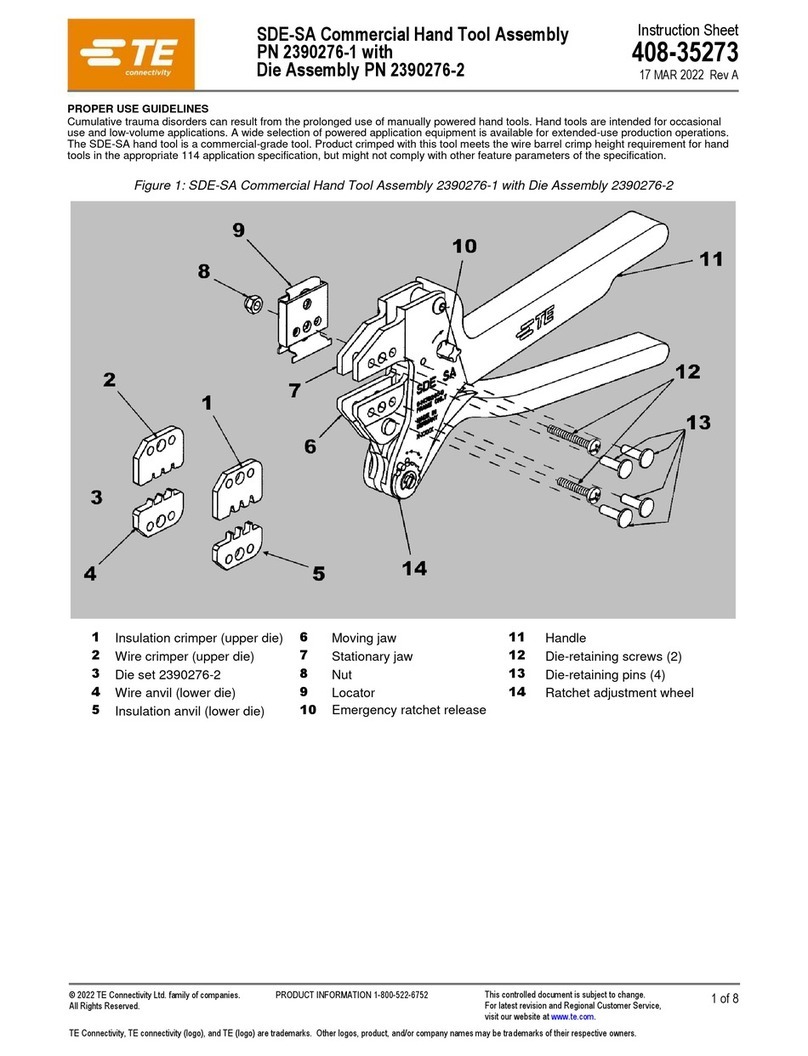
TE Connectivity
TE Connectivity 2390276-1 User manual
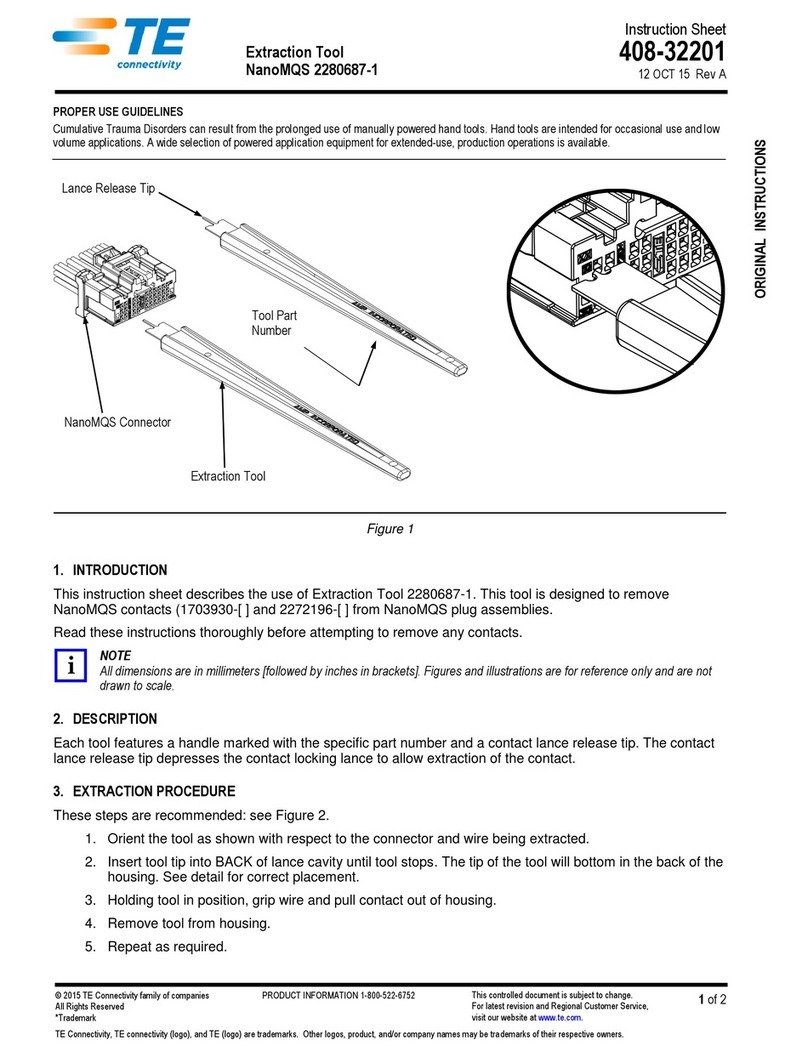
TE Connectivity
TE Connectivity NanoMQS 2280687-1 User manual

TE Connectivity
TE Connectivity 2217074-1 User manual
